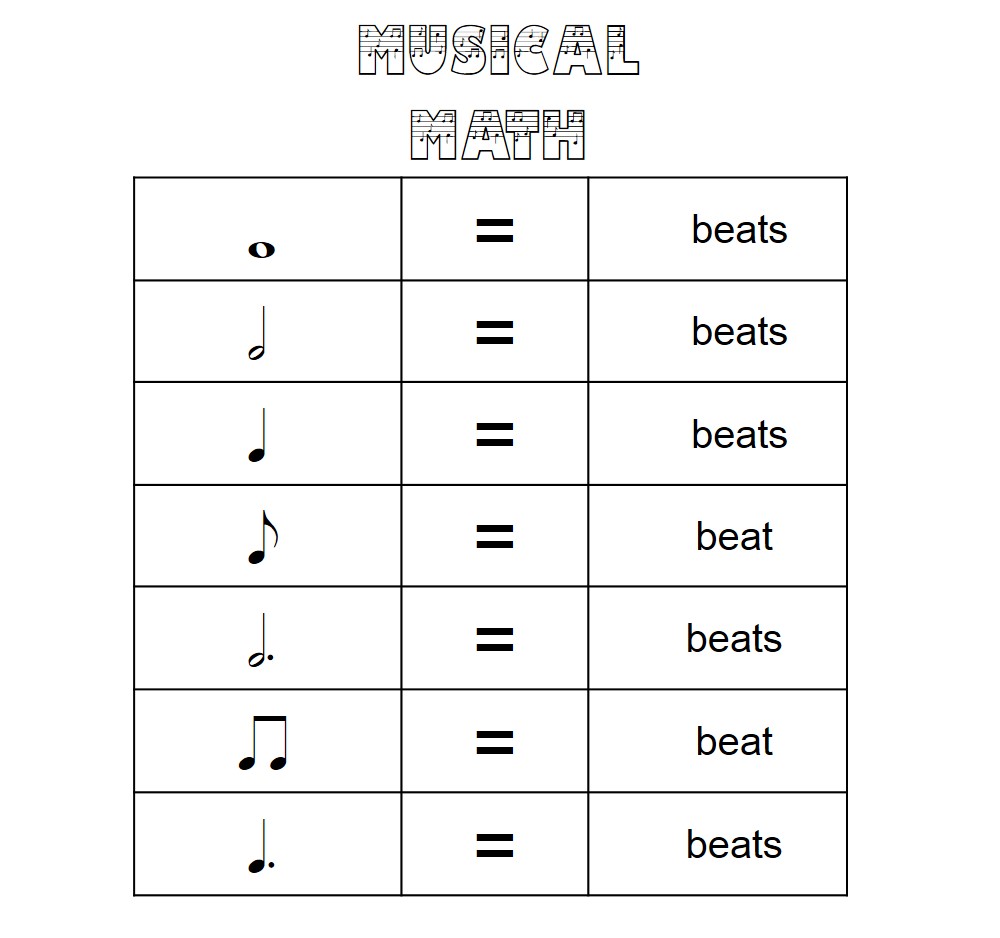

The module is central for a curriculum in pure and applied mathematics, as familiarity with these notions will help students who want to take several other subsequent modules as well as many projects. This will provide the language to prove several fundamental results that are in the basic toolkit of a mathematician, like the Picard Theorem on the existence and uniqueness of solutions to first order differential equations with an initial datum, and the implicit function theorem. The notions of convergence and continuity will be reinterpreted in the more general setting of metric spaces. The guiding idea will be to start using the powerful tools of analysis, familiar to the students from the first year module MATH101 (Calculus I) in the context of the real numbers, to vectors (multivariable analysis) and to functions (functional analysis).

This is a foundational module aimed at providing the students with the basic concepts and techniques of modern real Analysis. Undoubtedly, this module, together with the other two core modules from Semester 1 (MATH101 Calculus I and MATH103 Introduction to linear algebra), forms an integral part of your ability to better understand modules you will be taking in further years of your studies.
EDM MUSIC MATH THEORY SERIES
The syllabus is conceptually divided into three parts: Part I, relying on your knowledge of infinite series, presents a thorough study of power series (Taylor expansions, binomial theorem) part II begins with a discussion of functions of several variables and then establishes the idea of partial differentiation together with its various applications, including chain rule, total differential, directional derivative, tangent planes, extrema of functions and Taylor expansions finally, part III is on double integrals and their applications, such as finding centres of mass of thin bodies. This module, the last one of the core modules in Year 1, is built upon the knowledge you gain from MATH101 (Calculus I) in the first semester. It begins from the very basics – the notions of real number, sequence, limit, real function, and continuity – and uses these to give a rigorous treatment of derivatives and integrals for real functions of one real variable. CALCULUS II (MATH102) MATH101 lays the foundation for the use of calculus in more advanced modules on differential equations, differential geometry, theoretical physics, stochastic analysis, and many other topics.

The modern form presented in this module was fully worked out in the late 19th Century.

Many of the ideas can be traced back to the ancient Greeks, but calculus as we now understand it was first developed in the 17th Century, independently by Newton and Leibniz. Calculus provides us with tools for studying all of these, and more. Many quantities can be expressed as the limiting value of a sequence of approximations, for example the slope of a tangent to a curve, the rate of change of a function, the area under a curve, and so on. At its heart, calculus is the study of limits.


 0 kommentar(er)
0 kommentar(er)
